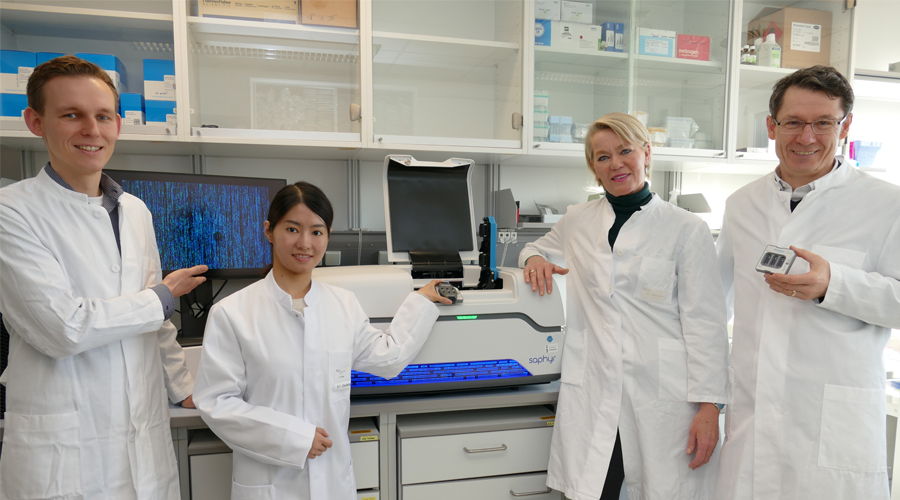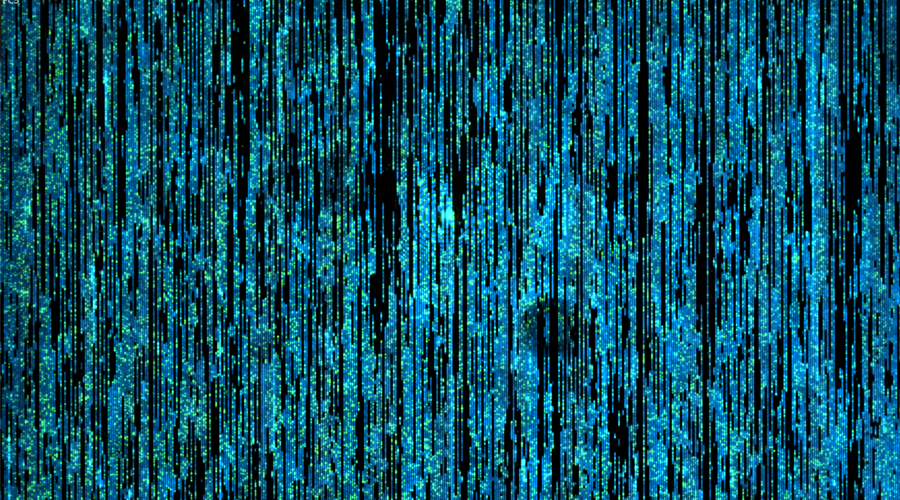The RESIST team of Professor Dr. Doris Steinemann and Professor Dr. Thomas Illig (right) is proud of a new large-scale device: the BioNano Saphyr. This technology can be used to investigate genetic changes that underlie diseases and are difficult to detect with sequencing technologies. “We are now one of six locations in Germany where such genetic analyses can be performed. We invite all researchers working in RESIST to cooperate with us,” says Professor Steinemann. Initially, the team will focus on congenital immunodeficiencies. An important goal is to diagnose as many people as possible with a congenital immunodeficiency at an early stage and to better understand the genetic causes.
The first twelve patients have already been analysed and different structural variants identified. Which of these variants are related to the observed disease must now be further pursued. The technique has great potential for future research projects. “It is now possible to clarify a large number of previously diagnostically unsolved cases from various disease areas. The analysis is not limited to human DNA, for example bacterial samples can also be examined,” explains Professor Illig.
If you are interested in cooperation, please contact Dr. Schieck and Professor Dr. Steinemann at the MHH Institute of Human Genetics.
“Basically, BioNano is a highly specialised microscope for observing extremely long fragments of chromosomal DNA. We use it to look at every part of the genome up to 200 times,” explains Dr. Maximilian Schieck (in the picture on the left, next to him is PhD student Rensheng Wan). The new technique is an alternative analysis method for cases that could not be clarified with the currently widely used next-generation sequencing technologies (NGS).
NGS can be used to detect pathogenic gene variants. However, this is only possible in a small proportion of patients and is highly depending on the disease. Possible reasons may be that structural gene variants are responsible for the disease. With the aid of the new Bionano technique, it is for example possible to determine, whether a gene is present twice or located at the correct position in the genome. Therefore long-chain DNA molecules with an average length of 275,000 base pairs are first isolated from patient samples, labelled with a dye at specific sequences, visualised on the BioNano Saphyr and then assembled by specific software into longer genome segments. This newly assembled genome is in the next step compared to reference genomes to identify structural variants.
The second photo shows analysis results of the Bionano technique: The basic structure of the DNA is blue and the specific recognition sequences are stained green.


